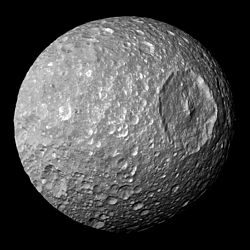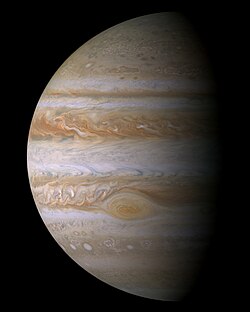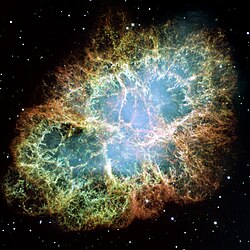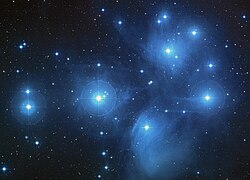Selection of astronomical bodies and objects:
- Moon Mimas and Ida, an asteroid with its own moon, Dactyl
- Comet Lovejoy and Jupiter, a giant gas planet
- The Sun; Sirius A with Sirius B, a white dwarf; the Crab Nebula, a remnant supernova
- A black hole (artist concept); Vela Pulsar, a rotating neutron star
- M80, a globular cluster, and the Pleiades, an open star cluster
- The Whirlpool Galaxy and Abell 2744, a galaxy cluster
- Superclusters, galactic filaments and voids

This is a list of lists, grouped by type of astronomical object.
Contents
- Solar System
- Exoplanets, exomoons, and brown dwarfs
- Stars and star systems
- Lists of stars by distance
- Lists of stars by luminosity
- Supernovae
- Star constellations
- Star clusters
- Nebulae
- Galaxies
- Galaxy groups and clusters
- Black holes
- Other lists
- Astronomical catalogues
- Galaxies 2
- Nebulae 2
- Stars
- Exoplanets
- Map of astronomical objects
- See also















